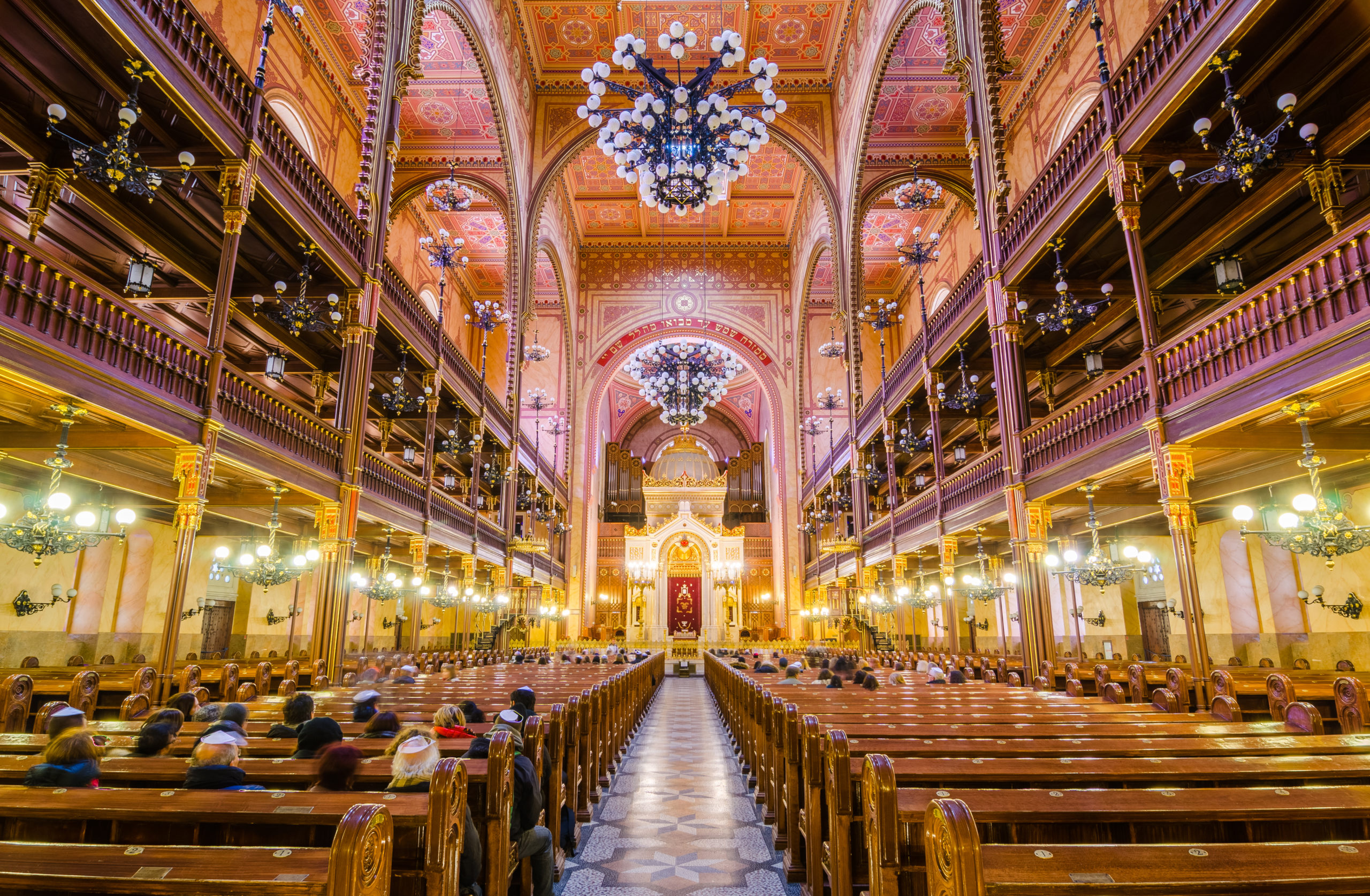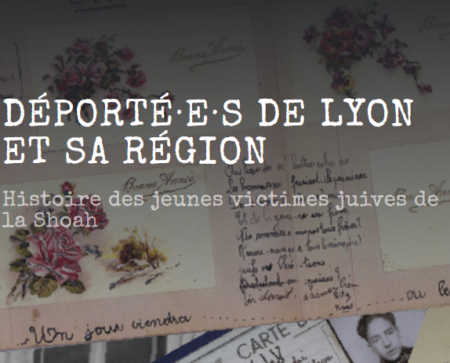Center of Documentation on the Deportation of Jewish Children of Lyon
History
The Documentation Center on the Deportation of Jewish Children of Lyon was created in 1987 by Claude Ghenassia during the trial of Klaus Barbie in Lyon. The association gathers pedagogical documentation on the tragedy of the Shoah to make it available to students, teachers and historians on the tragedy of Jewish children persecuted and deported during the Nazi period so that their memory may be perpetuated. In 1992, the CDDEJ published “The letters of Louise Jacobson”, a young high school student imprisoned in Fresnes, interned in Drancy and then deported to Auschwitz.
Based on the fact that more than 389 Jewish children (under 21 years old) were deported from Lyon or its region in 1942 and 1944, and that teachers were encountering difficulties in teaching about the Shoah (lack of appropriate teaching aids; distant history, confused in the minds of students; denial…), the CDDEJ undertook to make available to teachers the individual stories of these deported children.
Thus, after several years of work, the members of the CDDEJ have gathered the archival documents of the schools in the Lyon area (Lyon, Villeurbanne, Saint Fons, Décines), concerning 147 Jewish students deported from 1943 to 1944 (out of the 389 children deported from the Auvergne Rhône Alpes region). Additional documents were collected at the municipal and departmental archives as well as at the CDJC and the Yad Vashem Institute. Numerous original documents were also submitted by witnesses. More than 1,500 documents, including 299 originals, were thus collected and made it possible to reconstitute fragments of the history of each of these children.
Based on this work, commemorations in 2005 and 2022 were organized in schools on the occasion of the 60th anniversary of the liberation of the camps and the 80th anniversary of the 1942 round-ups.
Activities
CDDEJ CONVENTION – ACADEMIC INSPECTION OF RHÔNE (20/09/2022)
On September 20, 2022, on the occasion of the conferences of Sylvie Altar “The unknown history of the Jewish children of the Antiquaille in 1944” and Gérard Panczer “Lyon’s memory and archives of the deportation of Jewish children” in the lounges of the City Hall of Lyon, the CDDEJ signed a partnership agreement with the Academic Inspectorate of Rhône (Philippe CARRIERE, Academy Inspector, Academic Director of National Education Services) and the City of Lyon (Florence DELAUNAY, Deputy Mayor delegated to rights and equality, memory, worship and spirituality) in order to contribute to the pedagogical work concerning the memory of the deported children of Lyon. In the presence of Valérie PERRIN, Academic Delegate for Arts and Culture, Linda DUGRIP, Academic Officer, Jean-Olivier VIOUT, Public Prosecutor and Richard ZELMATI, President of CRIF ARA.
RESEARCH
The CDDEJ took the initiative of this research in May 2003 following similar work carried out in Paris by the district associations of COMEJD (National Council for the Memory of Deported Jewish Children). In order to reconstruct the paths of the 288 deported Jewish children, whose names have been recorded in the Memorial of Deported Jewish Children (Serge Klarsfeld), the volunteers of the CDDEJ conducted research in the four communes where they had attended school: Lyon, Saint-Fons, Décines and Villeurbanne. To do this, the members were able to count on the support of the Rectorat and the Inspection académique before contacting the school heads.
Initially, they systematically explored the archives of schools that were in operation before 1945, but very often it was papers in poor condition or badly classified that were discovered. Their difficulties were numerous: they had to check undated and/or torn registers, decipher old calligraphies with a pen and not confuse the numerous homonyms. “The difficulty was to consult name by name all the student records from 1927 to 1945, to note the names with a Jewish sound (Ashkenazi, from Alsace or Eastern Europe or Sephardic, from North Africa or the Mediterranean basin) and to compare them with the list of Serge Klarsfeld’s Memorial (including the last address, date and place of birth, date of deportation…).
All of this research was moving for both the researchers and the families. Thus, a few minutes after finding the coordinates of Charles Méchally’s sister on a Yad Vashem testimony sheet, the CDDEJ was able to contact her, and she was able to give them, years later, the last letter that her brother had thrown out of the deportation train.
Mr. Claude Bloch, a former student of the La Martinière High School and a former surviving deportee, happened to pass by Place Carnot on the day of the Shoah commemoration. He was amazed to notice his student card on one of the panels on display. He immediately contacted the management of the CDDEJ. He was still living at the same address as in 1944!
In reality, many of the archives of certain establishments had been destroyed accidentally or voluntarily (no doubt due to their poor condition). It was therefore necessary to look for additional documents by consulting the civil registers of the town halls, the Montluc documentary fund and by working together with the documentalists. Thanks to the Internet, and in particular to the websites of the Yad Vashem Institute and the Shoah Memorial, the volunteers were able to collect testimonial cards, deportation convoy lists, internment cards from the Drancy camp… The investigation continued with members of the families of the disappeared, former classmates and people who may have been close to them at the time. These precious witnesses were sometimes able to give them letters, photos or official documents.
The volunteers have, in their words, carried out a “painstaking task”, “but the fact of finding concrete documents on the deported children throughout the three years of research has given them the feeling that this work was not in vain. Each one of them gradually took on the snippets of these children’s stories. The spirit of the CDDEJ was to restore a place to these children in the history of their city but also to gather and preserve the original documents concerning them, their individual history enlightening them on the great History. This is how each of the documents was digitized and now put online.



 NOA is co-funded by the Rights, Equality and Citizenship Programme (2014-2020) of the European Union
NOA is co-funded by the Rights, Equality and Citizenship Programme (2014-2020) of the European Union